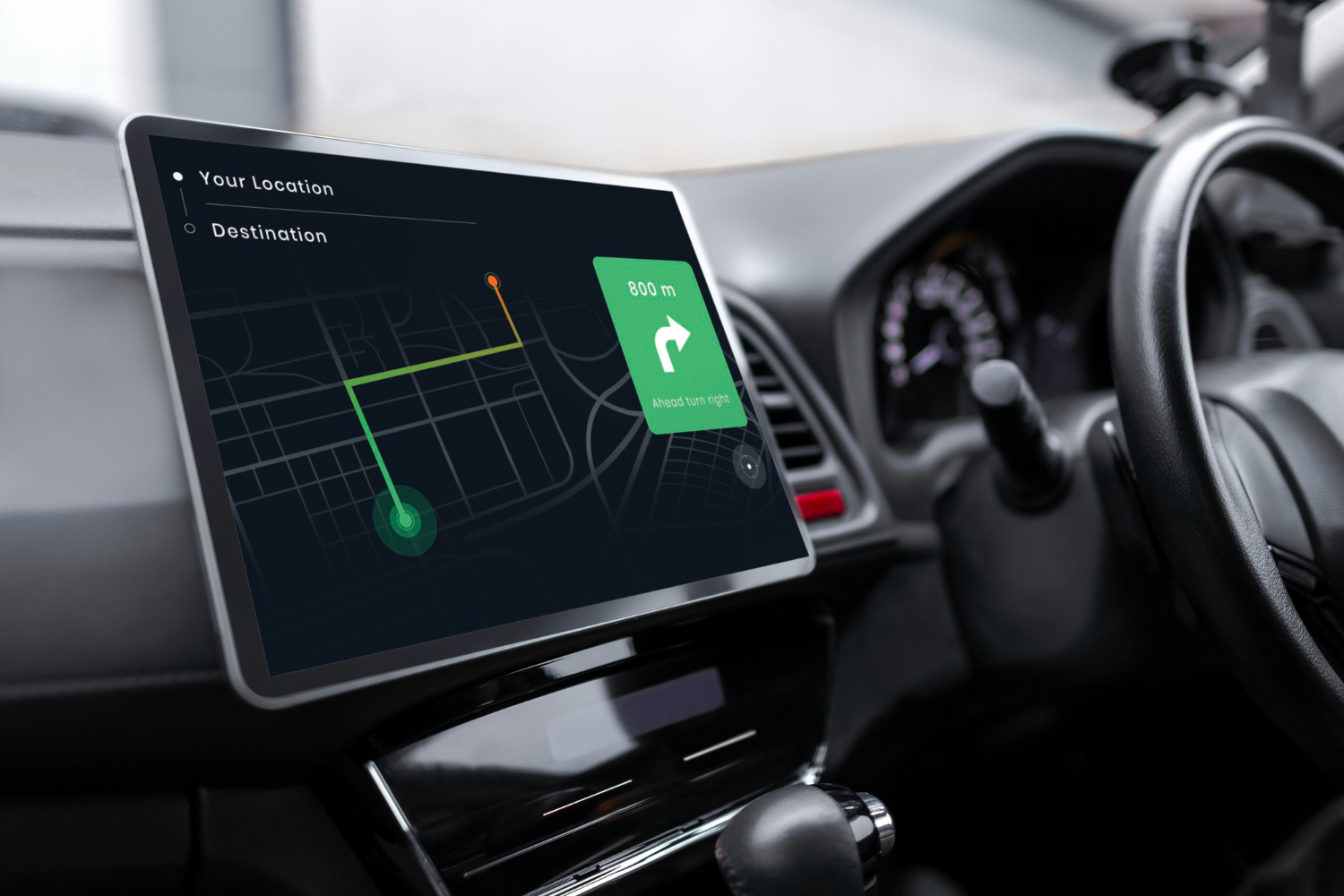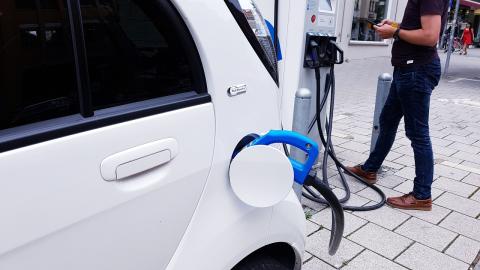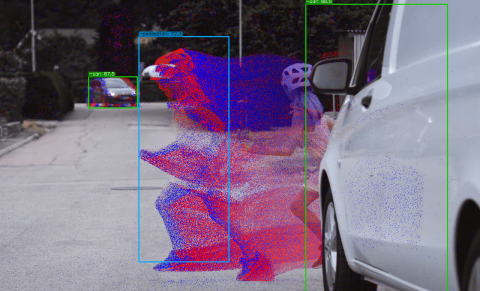Study compares safety of autonomous vehicles versus human-driven vehicles
A study has compared data from 2,100 accidents involving autonomous vehicles and just over 35,000 accidents involving human-driven vehicles between 2016 and 2022, mainly in California (US). Their findings are that autonomous vehicles are safer in many driving situations, but suffer more accidents in situations such as turning times or during dawn and dusk. The results are published in the journal Nature Communications.

Luis Ignacio Hojas - vehículo autónomo EN
Luis Ignacio Hojas
Lecturer in the Department of Environmental Technologies at the Polytechnic University of Madrid (UPM)
The study is very useful because of the wealth of information it provides. The collection of information is of good quality and very comprehensive. To go into detail: the study is focused on the quantitative point of view and is highly recommended for people working with databases, in particular for insurance companies.
For people working on the qualitative aspects, in particular on the analysis of risk situations and the problems they entail, the article is less interesting because it provides little detailed information due to its focus.
The main novelty it brings is to provide large, up-to-date data sets for analysis and further use. Thus, the major contribution of this paper is to assist in the construction of industry databases.
The biggest problem of the autonomous car for its social implementation is the economic calculation of insurance against accidents that may occur.
Let me give an example of the current insurance problem. In an accident in the year 2023, on a street in San Francisco (United States), a driver hit a pedestrian and fled. Her body was left lying on the road, with the misfortune that at that moment an autonomous vehicle from the Cruise company was passing by and dragged the woman several metres. The case is currently in court and it appears that Cruise will have to compensate the woman with an amount between 8 and 12 million dollars.
The implications of these studies are to generate a body of literature to compare human versus assisted driving, including autonomous vehicles, and to create regulatory frameworks for litigation arising from accidents.
The most important limitation of the article stems from the type of statistical data it provides, as it does not describe in detail the systems used at different levels of driving and the problems that occurred in accidents.
The statistical approach blurs the specific problems and does not allow for detailed analysis. This work is not oriented towards analysing the various technical problems occurring in the different situations analysed. More detailed accident studies in the different situations are needed for such an activity".
In my opinion, autonomous vehicles are a disruptive technology that will initially be applied in countries that are more open to technological change (probably in Asia). In our environment, their incorporation will be slow and will probably be developed in limited spaces such as logistics centres, ports, airports, mines, etc.
I believe that the problem is administrative and social because of the consequences of this technology on employment and, to a lesser extent, because of the technical problems. In particular, those linked to maintenance and the massive production of data necessary for the management of the insurance that it entails.
Another important factor is to differentiate between autonomous and connected vehicles. Administrations prefer connected vehicles, and the development of autonomous vehicles will probably be done by incorporating the technologies of these.
On the issue of safety and efficiency, I have no doubt: autonomous cars in the long run will be much safer than human drivers because human drivers are unstable and dangerous for various reasons.
In my opinion, the problem with autonomous vehicles (and many other computer systems) is the risks of attacks and unforeseen system failures, as the dependence on computer systems (in vehicles or in any other system) is much more serious than is often discussed and involves risks that are not very socially explicit.
The efficiency and improvement of traffic flow with autonomous vehicle systems will be very high. Many traffic problems are easily solved by computer systems and hardly avoidable with human drivers. The assessment of the level of risk is subjective, but the objective data is that drivers break traffic rules to a greater or lesser extent and almost constantly, whether it is due to speed, safety distance, lane changes, stopping on the roads, failure to comply with traffic light regulations, etc.
In short, I believe that autonomous vehicles will be safer and more efficient, but I think they will be difficult to implement socially in countries like Spain.
"I have no professional or commercial interest in any vehicle or equipment manufacturer, nor in any autonomous vehicle service provider. My relationship with the subject is academic in the framework of my work as a professor at the Polytechnic University of Madrid (UPM)".
Abdel-Aty et al.
- Research article
- Peer reviewed



